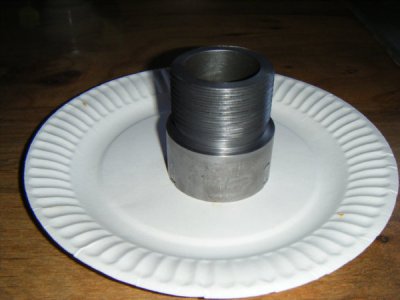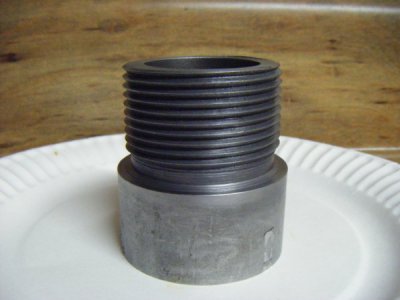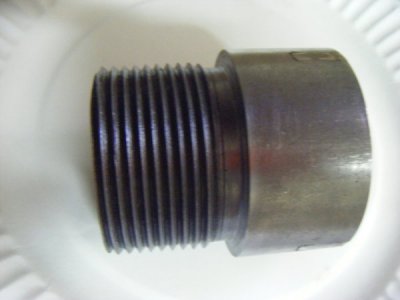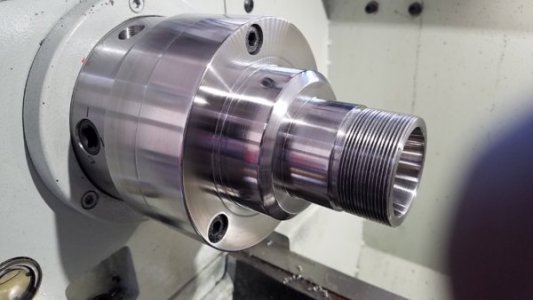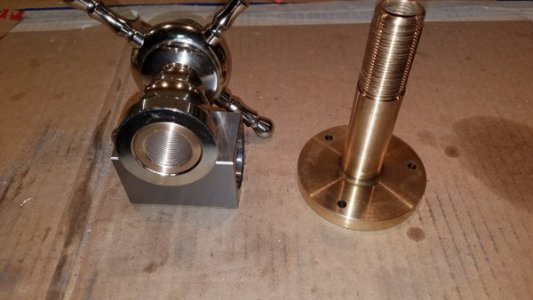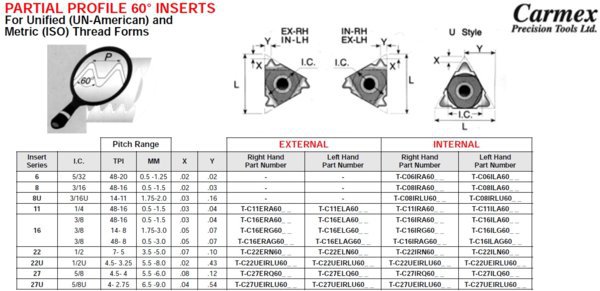There is a lot of technique to cutting a decent thread, and type, pitch and depth are all factors. The material/diameter/cutter used also plays a significant part of the equation. So there is a bit of trial and error to figure out what works. I have my lathe setup with an electronic stop, so the half-nut is not disengaged until you have completed the threading process, which makes metric threading much easier. An electronic stop also allows you to thread up to a shoulder, as the repeatability exceeds 0.001". Without this, there are some merits to threading away from the headstock as shown, but it takes some experience to hit the threading dial at the correct position when cutting something like a 8 TPI at 60 RPM. I usually thread steel at 120-150 RPM, and softer materials at 250 RPM. So each pass occurs in 1-2 seconds.
The thread cutter/insert also plays a big part in cutting the thread and the final finish. Specific to threading inserts/cutters there is a specific TPI cutting range that is specified. I recently had to cut a M50-1.5 thread in 8620 steel, and had a few bobbles in getting it cut right. I had not turned this steel before nor threaded it, and found that it did not take well to positive rake tooling. Also you need to be very methodical in the depth of cut on each pass, and look at the curls/finish on each pass. In this case, I got a little too aggressive on the depth of cut and the positive rake threading insert blew apart, the thread also got a bit mangled. I switched to a neutral rake threading insert and took smaller cuts and was able to come out with a decent final product. On smaller threads, I will often cut about 95% of the thread on the lathe and finish the final sizing with an adjustable die or tap, this gives a very precise and polished finish cut.
In your case, you need a sharp cutting tool, good cutting fluid, and to take progressively lighter cuts per pass the deeper the thread. Another common mistake, is that some threading dials may not be perfectly aligned with the indicator line. So one may think they are engaging it at the same mark, but in reality they are either just ahead or behind the indicator and do not perceive the difference. This can easily happen with the lower TPI threads because of the dial speed.
M50-1.5 thread in 8620
View attachment 243561
In this case both internal and external 1" threads were cut, but required different threading inserts because the thread depth was >0.07". These where cut at around 250 RPM.
View attachment 243563
